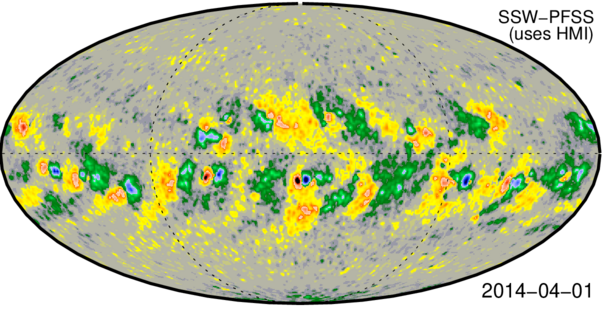For modeling the global magnetic field of the Sun’s corona and the solar wind in the heliosphere, it is necessary to start with at least the radial component of the magnetic field over the entire photospheric surface of the Sun. Because only the Earth-facing side of the Sun is observed routinely, it is common to approximate changes to the field during the interval between observations using evolving models such as the commonly used Surface Flux Transport (SFT) model. A recent study comparing the predictions from two SFT models showed that even though the models were attempting to represent the same physical processes on the Sun, the results were at times substantially different, raising the question of their accuracy and viability for common applications such as solar-wind predictions and other, related space weather forecasting efforts. We propose to convene an ISSI team that brings together multiple SFT models and modelers, as well as experts in validation techniques, to understand why some models are more successful than others, using a combination of techniques newly applied to the predictions from global maps as well as new observations. The result would be improved global maps which would enhance solar and heliospheric modeling efforts with implications for space weather forecasting. Additionally, a better understanding of the processes that determine the surface magnetic flux distribution could also shed light on the solar dynamo, as well as improving modeling of other stars.
Quantitative Comparisons of Solar Surface Flux Transport Models
ISSI Team led by Graham Barnes

